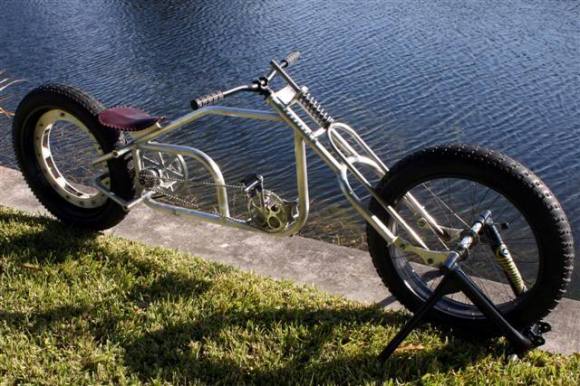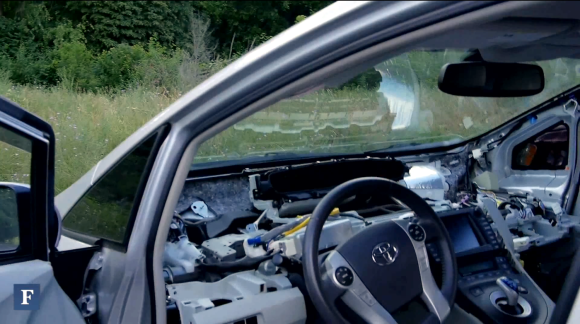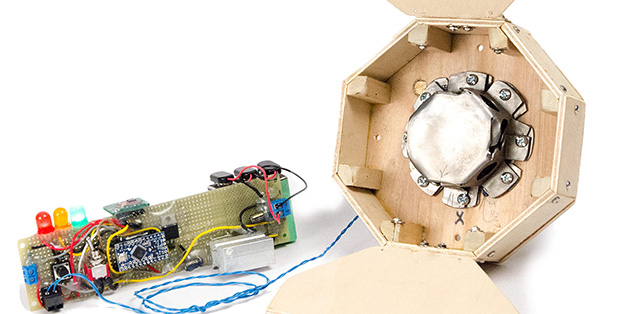What’s the best way to get around NYC? If you asked [papo2110], he would probably suggest you build your own high-speed, long-range electric skateboard. You can’t cruise through any online maker community without tripping over a dozen e-vehicle projects these days. Nearly 18 months ago, even before the popular Boosted Boards Kickstarter, [papo2110] started piecing together a deck. His boards use a brushless outrunner motor, an RC car ESC (complete with brakes), and a chain drive to power him around Central Park at a top speed of 23mph.
The most impressive feat for this project, however, is the tireless revision through iterative design. The deck gets both an aluminum and a carbon fiber upgrade. Meaty 8S Headway LiFePo4’s replace a smaller 6S configuration. Even lights are added. As the build progresses, the board is pushing 27mph: with only one motor. Grab your helmet and motion-sickness pills and strap in for some videos after the break.
If four wheels are one too many and you want even more dangerous speeds, check out the E-trike build from a few months ago.


















